This Post titled EV Dictionary will help you to know and understand the meaning of every Electric Vehicle term and technical words. If you are interested in any type of electric vehicles you must know these EV Terminologies and their accurate meaning. We, EV Observed team, will keep this page up-to-date with every new find and words, so don’t forget to bookmark this post.
☛ What You will Read here
EV Car Dictionary: A to Z Electric Vehicle terms and their Meaning
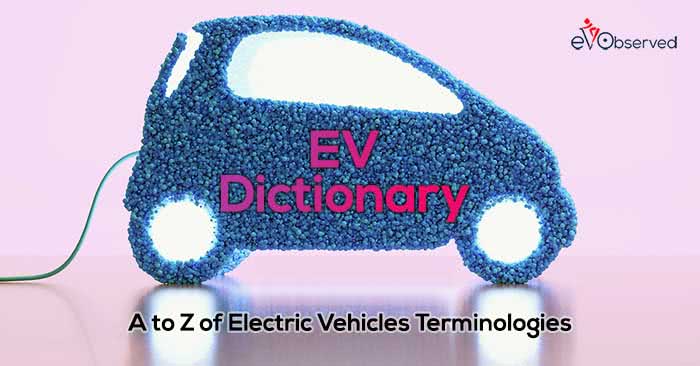
In this EV Car Dictionary, we shorted this list of EV Terminologies alphabetically and with the table of content, you won’t have any difficulties finding the meaning of a specific EV terminology.
A
AC
Alternating Current
It is a type of electric current that periodically reverses the direction and magnitude continuously after each cycle. The alternating current has a fixed value of frequency.
AEB
Automatic emergency braking
AER
All-Electric Range
Range of the EV, which is attainable by the vehicle on a full charge.
AMP
Ampere
SI unit of the Current which tells us about the amount of charging flowing through a conductor per unit time.
ARAI
Automotive Research Association of India
ARAI range test, conducted in India, evaluates the range of electric vehicles under controlled conditions on a chassis dynamometer, simulating urban and highway driving cycles. ARAI’s range test procedure aims to provide accurate insights into EV range performance, enabling consumers to make informed decisions about electric vehicles in the Indian market.
B
BEV
Battery Electric Vehicle
Battery Electric Vehicle- Vehicle which is driven by the motors running on the Electric charge supplied by the Battery.
BMS
Battery Management System
Electronics Circuitry ensures the full and safe charging of the battery of an electric vehicle. It communicates with the charger to ensure that the current supplied remains in between the permissible limits.
BSD
Blind spot detection
C
CCID
Charge Circuit Interrupting Device
Safety Protection Circuit which keeps the current input under safe value. Upon exceeding the value of charge supplied it interrupts the circuit for safety purposes.
CCS
Combined Charging System
Type of charging system which supports either of the AC and DC charging. This type of charging system is mainly found in European and American EVs.
CCZ
Congestion Charging Zone
Congestion Charging Zone is a zone or area where a fee is charged on the cars and other vehicles. The Congestion Charging Zones are made to tackle the problem of traffic and pollution in an area by imposing charges on the vehicles entering. Electric vehicles and Hybrid vehicles are exempted from any charge in this zone.
CHADEMO PLUG
Charging System
Fastest charging system delivering power up to 60 kW. It is commonly used in the Asian region and is supported by Multiple EV manufacturers such as Toyota, Hyundai, Kia, etc.
CHARGING
Refilling
Refilling of car’s battery with sufficient amount of charge.
CHARGING POINT
The Location
A place where multiple vehicles can be parked while charging. Charging Point has chargers installed which supports multiple vehicles charging options.
CHARGING STATION
Infrastructure
Charging infrastructure includes fast chargers installed at a place which has a sufficient parking space for multiple vehicles. Know- How EV Charging Station Works
CONNECTOR
A Device
A device that is used to connect the Electric Vehicle to the Charger. Depending upon the manufacturer, area, and type of charging supported, there are different types of connectors available.
CLTC
California Lighting Technology Center
CLTC, as a lighting technology research centre, does not conduct specific EV range tests. Therefore, there is no specific applicability of CLTC in terms of EV testing.
D
DC
Direct Current
Direct Current– Electric Current which has a constant magnitude and constant frequency. It is unidirectional in nature.
DC FAST CHARGING
Electric Charge
The fastest way to charge the battery by supplying a high current through a charger. DC chargers can supply up to 150 kW and supporting voltages up to 800v. DC is preferred to AC for fast charging because of the compact size of DC circuitry.
Also Read: Electric Vehicle Companies | Upcoming EVs
E
EPA
Environmental Protection Agency
The EPA range test procedure is applicable in the United States. The EPA conducts tests to determine the electric range and energy consumption of EVs in accordance with its specific procedures.
EREV
Extended-Range Electric Vehicle
Electric vehicles which have an onboard auxiliary power unit such as an internal combustion engine which increases the range are known as EREVs. Apart from Electric Power, these vehicles have IC engines installed on them which drive the alternator and hence recharge the battery. EREV is a vehicle classification rather than a specific test procedure. EREVs are available and applicable globally, including countries like the United States, Canada, European countries, and others where these types of vehicles are sold.
EV
Electric Vehicle
Electric Vehicle – Vehicle driven by the motors which are fueled by the charge delivered by the onboard batteries.
EVB
Electric Vehicle Battery
The battery supplies power to the motor to drive the vehicle. The lithium-ion battery is commonly used in electric vehicles.
EVD
Electric Vehicle Driver
EVDB
Electric Vehicle Database
EVDC
Electric Vehicle Development Corporation
EVHS
Electric Vehicle Home-charge scheme
Backed by the government, the Electric Vehicle Home-charge scheme focuses on providing a grant to the electric and plug-in hybrid vehicle owners for installing a charger at home.
EVPD
Electric Vehicle Population Data
EVSE
Electric Vehicle Supply Unit
An EVSE is a wall mounted box that supplies electrical energy for recharging an electric vehicle battery.
EVSE
Electric Vehicle
EVSE or Electric Vehicle Supply Equipment is meant to supply electric energy to recharge electric vehicles.
F
FCEV
Fuel Cell
Fuel Cell Electric Vehicle– Vehicles which are driven by the energy supplied by the fuel cells. Fuel cells are used because they are the cleanest fuel.
FCW
Forward collision warning
G
GHG
Green House Gas
Green House Gas is a gas that traps heat while remaining in the earth’s environment. Heat trapped by these gases increases the earth’s environment and causes major environmental problems.
H
HEV
Hybrid Electric Vehicle
Vehicles that use both Electric Energy and Energy supplied by the internal combustion engine to deliver maximum efficiency.
Enjoying our EV Dictionary? Don’t forget to share this with your friends.
I
ICAT
International Centre for Automotive Technology
ICAT range test, applicable in India, involves testing electric vehicles on a chassis dynamometer with predefined driving cycles to assess their range capabilities under urban and highway conditions. Through ICAT’s range test procedure, electric vehicles undergo rigorous evaluations to determine their real-world range and support the adoption of sustainable mobility solutions in the Indian automotive sector.
ICE
Internal Combustion Engine
An engine that uses Gasoline as fuel to burn for producing the sufficient torque required by the vehicle to drive.
ICEV
Internal Combustion Engine Vehicle
Vehicle driving by Engines running on fuel is called the Internal Combustion Engine. Internal combustion engines use fuel that on burning causes harm to the environment.
IDC
Indian Driving Cycle
IDC is a standard driving cycle used in India for assessing vehicle performance and fuel efficiency across different vehicle types, including electric vehicles. While not specifically an EV range test, IDC provides a comprehensive evaluation of vehicle performance, contributing to the development and improvement of electric vehicles in the Indian market.
IEC62196-2
Also Known as Mennekes connector named after the Mennekes brand.
Incentives
Exemptions for Road Tax, Pollution Tax, and subsidies provided by the government to promote the use of EVs. Governments around the world provide a subsidy of thousands of dollars for buying EVs.
J
JEVSG105-1993
Another name for CHAdeMO charging connector which supports fast charging. It is commonly used in the Asian region and is intended to deliver fast charging for EVs.
K
kW
Kilowatt
SI unit for measuring the Power Output of equipment. Kilowatt basically means thousand-watt and because heavy machines are in multiples of thousands of kilowatts, so Kilowatt is used while talking about their power output.
KWH
Kilowatt-Hour
Kilowatt-Hour – It is the standard billing unit of Power consumed by equipment. It measures the kilowatts of energy consumed by a device in one hour.
L
LIB
Lithium-ion battery
High-efficiency Battery which can store charge more efficiently than the conventional Lead-Acid battery. Li-ion batteries have more battery life as compared to conventional batteries.
Lithium-Ion
Lithium-Ion or the Li-ion battery is a type of rechargeable battery that is nowadays used to drive every portable electronic device. Lithium-ion batteries use Lithium as an electrode material. These batteries are used because they offer high energy density and discharge up to a very less extent when not in use. These batteries have a longer life and no memory effect which makes them a perfect fit for electric vehicles.
LKA
Lane keeping assist
LEVEL 1 CHARGING(SLOW)
AC
Circuit delivering 110-120V alternating current. A cord set is used to deliver power to the battery. Apart from the charging cord, no external equipment is required to charge the battery. Since it does not use any external circuit hence, it is the slowest mode of charging and takes 8-12 hours to fully charge the battery.
LEVEL 2 CHARGING(FAST)
Level 2 Charging offers charging via a 240 v AC plug. This type of charging requires special equipment to be installed at home, which will deliver a high-value current of up to 40 amperes. Since it requires a high current supplying circuit, that’s why it delivers power in less amount of time as compared to Level 1 charging. Normally, it might take 4-6 hours to fully charge a battery.
LEVEL 3 CHARGING(FASTEST)
It is the fastest mode of charging, which employs high voltage DC to fully charge a battery. Level 3 charging employs DC because DC currents save more space and reduce the complexity of circuits as compared to the AC. CHAdeMO is the example of level 3 charging which can fully charge the vehicle in less than an hour.
M
MSB
Molten Salt Battery
Batteries that use Molten Sal (for e.g. Sodium-Nickel) as an electrolyte for charge storage and delivery.
MHEV
Mild Hybrid Electric Vehicles
Mild Hybrid Electric Vehicles are the vehicles in which Electric Motor is installed on board in parallel to the ICE engine. MHEVs use both the Electric and the power delivered by the ICE engines. These are not purely electric vehicles because they can not solely run on the electric motor. The regenerative braking feature is available in the MHEV, but it is not that efficient. These vehicles offer less efficiency than conventional Hybrid vehicles.
Found some interesting EV terms in our EV Dictionary? Don’t forget to share this with your friends.
mpkWh
Miles Per Kilo Watt Hour
Miles Per Kilo Watt Hour is the measure of the miles run by a vehicle on a kWh of the charge contained in the battery. It is the range measuring unit for electric vehicles, but is not used in the US, but more common in other parts of the world.
N
NEDC
New European Driving Cycle
Introduced by European Union in 1992, New European Driving Cycle is a driving cycle test that indicates the fuel efficiency and the emission level of cars. This test also applies to Electric consumption and the range offered by electric and Hybrid vehicles. However, it has been replaced by the WLTP in most countries. The NEDC is no longer applicable for new vehicle certifications.
NEV
Neighborhood Electric Vehicle
Low range Compact vehicles are meant to be only used in the neighbourhood for personal uses.
NiMH
Nickel Metal Hydride
Type of Rechargeable battery which offers high energy density than other conventional batteries but less than the Lithium-ion battery.
O
Off-Peak Charging
Charging the Electric Vehicle during the Off-Peak hours to enjoy the benefits. Load during Off-Peak time is low due to which the charging cost might be less depending upon the charge provider.
OLEV
Office for Low Emission Vehicles
Office for Low Emission Vehicles is a group of people working across the government to support the market for ultra-low emission vehicles (ULEV). OLEV is formed with the motive of reducing pollution and making the Vehicles cause the least pollution.
P
PHEV
Plug-In Hybrid Electric Vehicle
A vehicle whose battery can be charged by plugging a source of external power supply as well as with the on-board generator.
PICG
Plug-in Car Grant
Plug-in Car Grant is the discount you get from the government while buying an electric vehicle. Plug-in car grant is paid by the government to the dealer and manufacturer. Electric Vehicle including Motorcycle, car, truck, vans, taxis, etc. is eligible for this grant.
PURE ELECTRIC
A vehicle that is only driven by the Electric Charge supplied by the battery.
R
RANGE
The maximum distance which can be travelled by the vehicle on a full charge.
RANGE ANXIETY
The feeling of fear on the Driver’s mind that the battery will run out of charge before reaching the destination.
REGENERATIVE BRAKING
It is basically the recharging of the battery while braking. Whenever the brake is applied the power supply to the motor cuts off and the motor due to the momentum acts as a generator to deliver the back power to the Battery. It increases the battery range up to a small extent and works efficiently in cities where frequent braking is expected.
REGEN
Regenerative Braking is the reverse process that recharges the battery up to a very small extend when the Battery is not supplying charge. When the brakes are applied, the vehicle stops delivering electric charge to the Motor, but due to the momentum of the wheel, the motor starts acting as a generator and supplies the power back to the battery, due to which the battery charge slightly.
REX
Range Extender
Range Extender is a fuel-driven device like ICE, fuel cell, etc. that extends the range of the vehicle by recharging the battery through generated electricity. It uses fuel to drive the generator and recharge the battery which leads to the extension of the range of Electric Vehicle. Using fuel cell as a range extender is an eco-friendly option because it does not produce any harmful by-products.
RPH
Range Per Hour
Range Per Hour is the measure of the Range which an Electric Vehicle can deliver after charging for an hour from a charger. It is a simple parameter set to measure that how many miles the vehicle will travel after charging for one hour. This parameter helps you decide that how many miles you can extend by charging from the charging stations coming the way of your trip.
S
SAE COMBO(CCS)
Enhanced Version Of The Plug
A combined Charging System is the combined plug that supports both AC and DC charging. It is commonly used in American and European regions.
SAE-J1772
The North American Standard
An earlier version of the charging connector is used in America which is used to deliver AC power to the vehicle. Apart from AC pins, it also has Pilot pins to ensure the communication of the vehicle while charging.
Solid-State Battery
A solid-State Battery is a battery that works on the principle of conventional batteries. The difference lies in the Electrolyte used in them, as they use Solid-state electrolyte. Solid-State batteries have high energy density and are safer than other variants due to the solid-state electrolyte used in them. Electric vehicles also use solid-state batteries due to their high charge storing capacity and almost negligible charge leakage while not in use.
Supercapacitor
As the name suggests, the supercapacitor is a high-capacity capacitor having a much higher capacity than ordinary capacitors. An electric vehicle uses a supercapacitor for regenerative braking by quickly storing and discharging the charge to the battery. These are used in those fields where quick charge and discharge are required.
T
TYPE 1 PLUG
It supports only single-phase AC charging and is widely accepted in North America. Apart from AC pins, it also has pilot pins for the communication of the car with the charger.
TYPE 2 PLUG
3-Phase charging plug which can charge vehicles at 3-50 kilowatts. It is widely used in Europe to charge electric vehicles. Released by SAE under the name SAE J3068, it has been standardized by IEC under the name IEC 62196.
TEH
Test Energy High
TEL
Test Energy Low
TESLA SUPERCHARGER
High Power DC charger has the capability to fully charge the vehicle in less than an hour. It can supply maximum power up to 150 kW at 480 volts. Tesla has a network of 23,277 superchargers all around the world.
TORQUE
The Twisting Force
It is the force that causes the wheels to rotate. When the motor is supplied by an input current then torque is generated which rotates the shaft and the wheels coupled to it. Torque and Speed have inverse relations, as the Torque increases, the speed decreases, and vice versa. But now recent advancements have made it possible to maintain good torque to speed ratio.
U
ULEZ
Ultra-Low Emission Zone
Ultra-Low Emission Zone is a zone where a fee is charged to the pollution-causing vehicles in the restricted zone. The ULEZ is meant to reduce pollution by imposing a fine on the vehicle that is causing heavy pollution.
UTILITY RATE(TOU)
It is the rate used by some utilities to charge their consumers according to the Per kilowatt consumption at a different time of the day. The utility rate varies according to the time of the use of electricity. The rate of electricity consumption can be high during peak hours and less while off-peak hours.
V
V2G
Vehicle-to-Grid
A two-way system where the Vehicle communicates with the grid in real-time to mutually cater to the needs of the grid and the vehicle. In this system, the Grid can draw power from the electric vehicle when needed and can also supply the power to the vehicle when the vehicle needs power.
Volt
Volt is the SI unit of voltage offered by a battery. Volts tell us about the force exerted by the battery to keep the charges circulating. Voltage offered by a battery can be calculated by using formula V=IR, where I is the current(Ampere) and R, is the Resistance offered(Ohm).
VRLA Battery
Valve-Regulated Lead-Acid
Commonly used battery which is used to store charge. It is less efficient than the Lithium-ion battery but only preferred due to its low cost. VRLA batteries require more maintenance and have less life as compared to Lithium-ion batteries.
W
Watt
It is the SI unit of Power. It is the rate at which electrical work is done when a current of one ampere (A) flows across an electrical potential difference of one volt (V). It can be calculated by using the Formula P=VI where P is the power, V is the voltage and I is the current supplied.
WLTP
Worldwide Harmonised Light Vehicle Test Procedure
Worldwide Harmonised Light Vehicle Test Procedure is the globally accepted standard test that determines the level of pollution and the fuel consumption by ICE-operated cars and Hybrid cars. The results of WLTP are more practical and attainable as compared to the NEDC.
Z
ZEV
Zero Emission Vehicle
A vehicle that causes zero pollution to the environment while running. Electric vehicles and the vehicles operating on fuel cells are considered to be Zero Emission vehicles because they are not forming any Harmful by-products which can cause damage to the environment.
Also Read: How EV Charging Stations Work | History of Electric Vehicles
If you found our EV Dictionary helpful, make sure to share this with your friends.
Up-to-date EV Dictionary
As we said above, we will keep this EV Dictionary up-to-date with all the new finds, so make sure to bookmark this page and keep visiting our Electric Vehicle Blog to update your knowledge. Thank you for your time and have a great day.

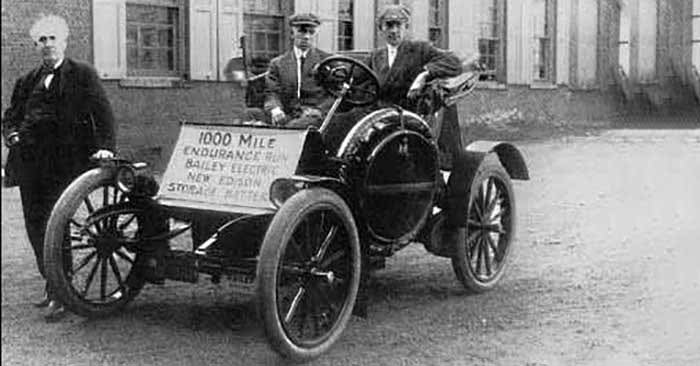
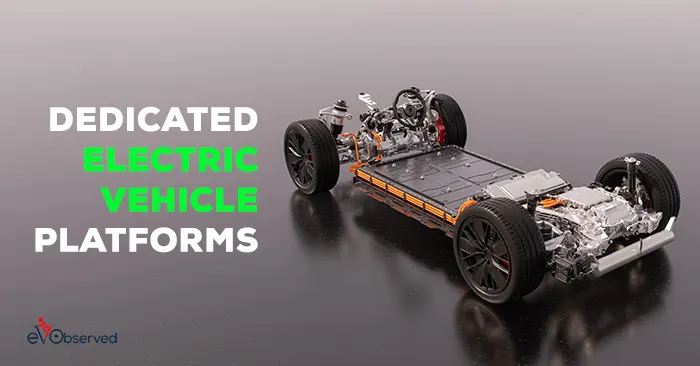
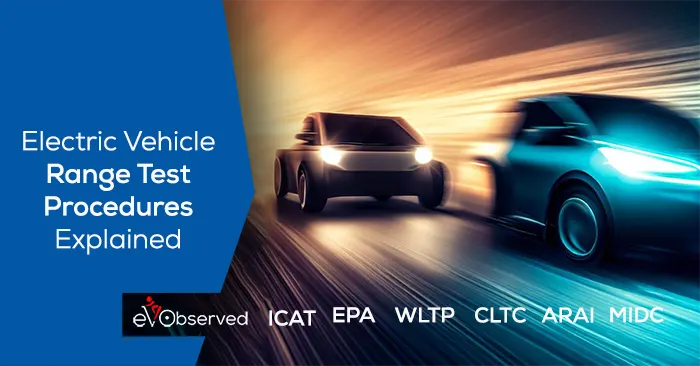
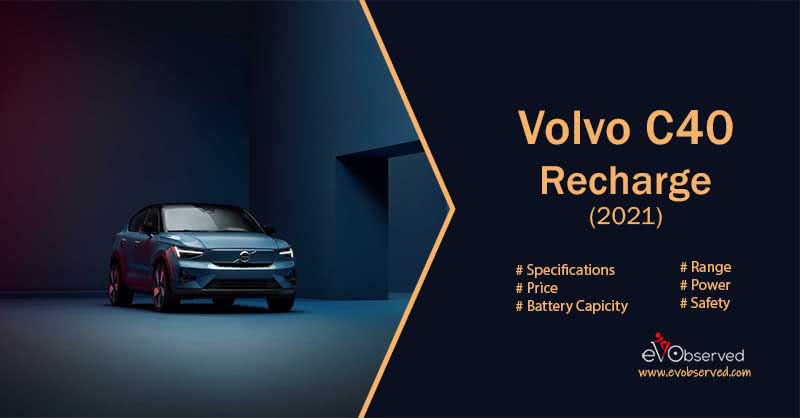
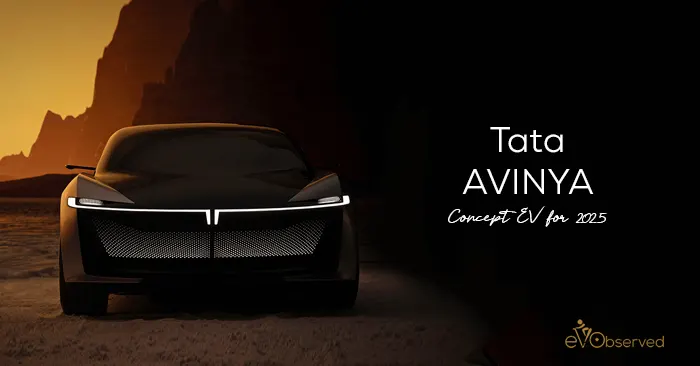
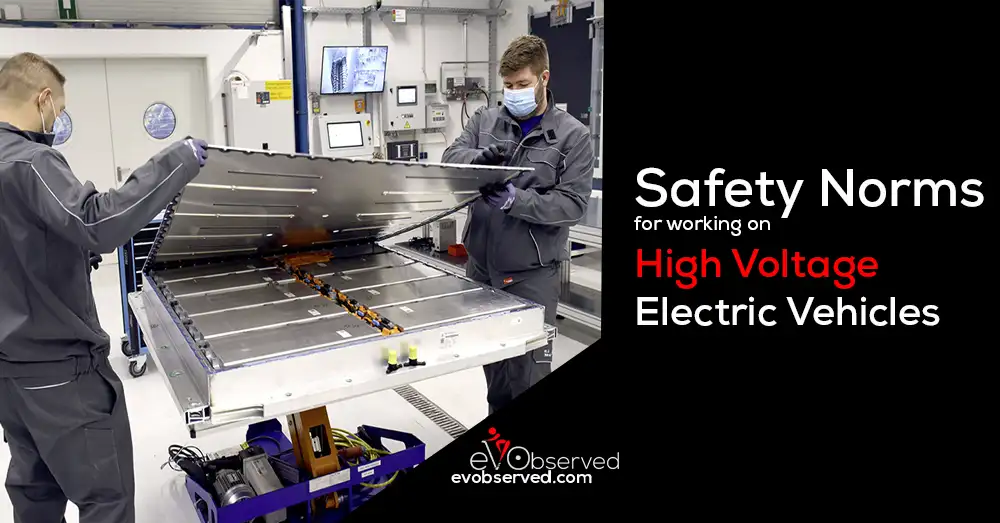
This is very Helpful.